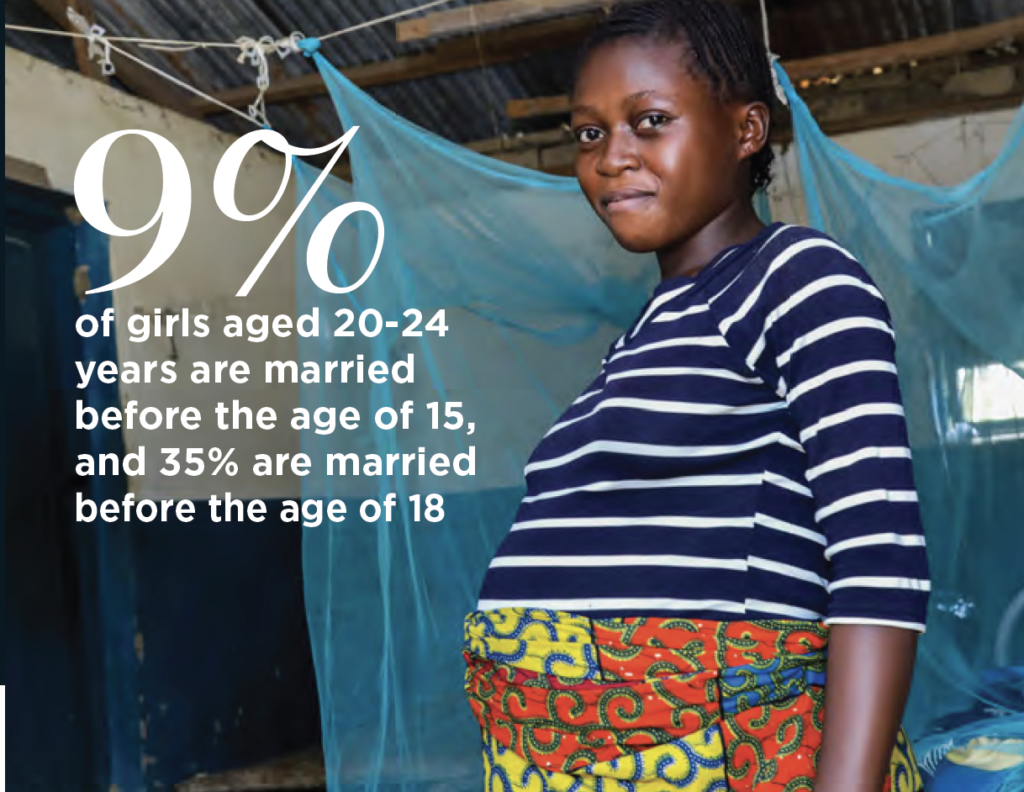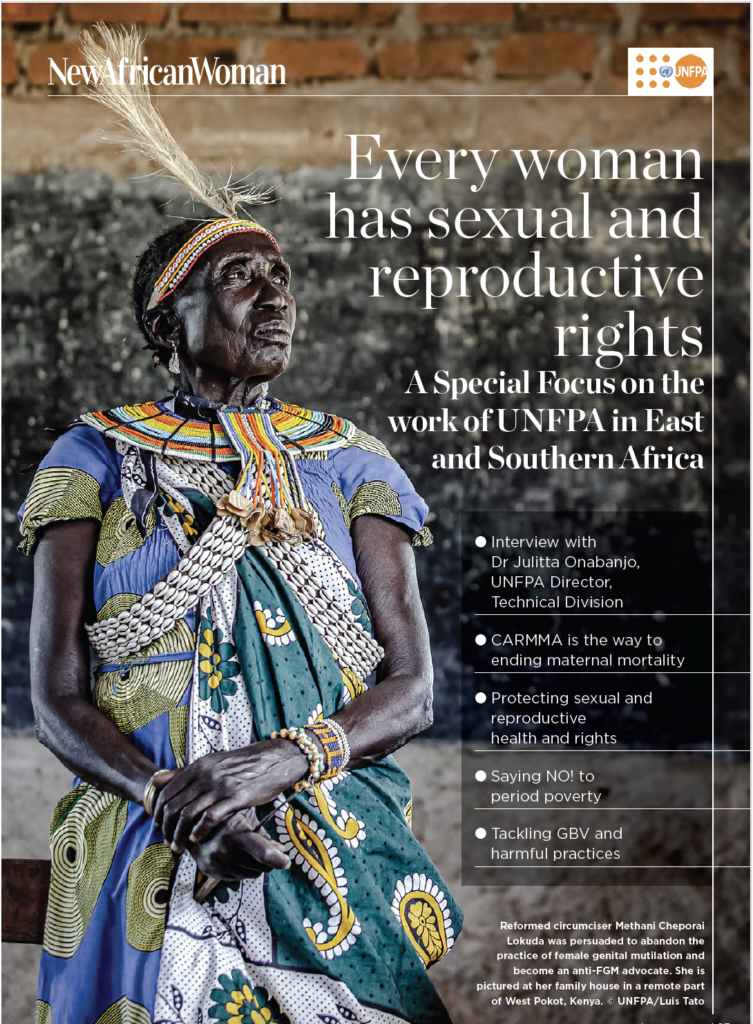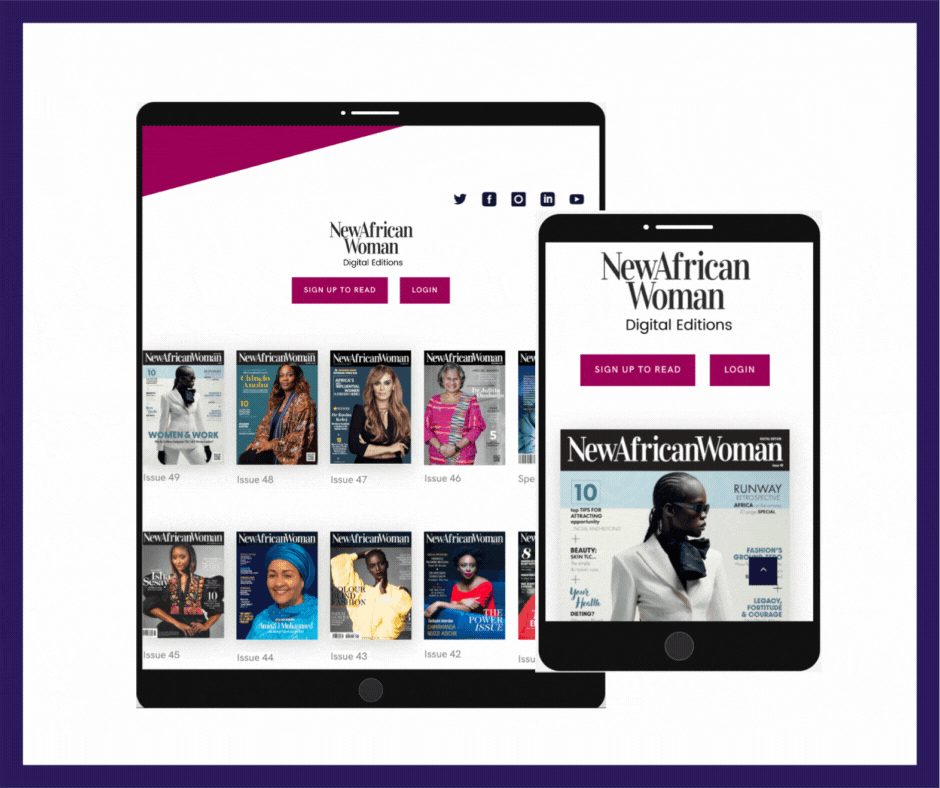#SRHR: Why Sexual and Reproductive Health and Rights Cannot Wait

Women’s rights, including access to sexual and reproductive health, and every woman’s ability to make their own decisions on these issues, are essential to sustainable development and productive populations. Yet many women are still denied these rights. Here is what institutions like the UNFPA is doing about it in the East and Southern Africa region.
Years of research, experience, and pragmatic consensus show that investing in sexual and reproductive health and rights (SRHR), yields huge returns in the health, well-being, productivity, and income of people and their communities, as well as shaping future economic and environmental sustainability.
Guided by the International Conference on Population and Development (ICPD) Programme of Action and the Sustainable Development Agenda, and as the United Nation’s sexual and reproductive health agency, UNFPA has committed to three transformative results to ensure that this becomes a reality by 2030.
These are: ending the unmet need for family planning; ending preventable maternal deaths; and ending gender-based violence (GBV) and harmful practices against women and girls.
In the East and Southern Africa (ESA) region – which covers 23 countries, with an estimated population of 618 million in 2020, of which 33% are young people aged 10-24 years, and 50% are women – these issues, as well as other social and economic challenges triggered by poor health provision, are well documented.
However, the new UNFPA strategic plan 2022-2025 supports the conviction that universal sexual and reproductive health, the realization of reproductive rights and the three transformative results can only be achieved with an increased focus on protecting and promoting the rights and inclusive participation of women, adolescents and youth as agents of change.
But the strategic plan also indicates that the transformative results cannot be achieved at the current rate of progress. And compounding this, the COVID-19 pandemic has disrupted access to essential services, widened inequality, and in many cases, reversed some of the gains made in recent years. This will likely stall progress towards achieving the three transformative results in the region, which could have adverse consequences as the 2030 Global Goals deadline approaches.

UNFPA is committed to finding solutions to social and cultural impediments that affect women and girls’ reproductive health and rights.
“At UNFPA, we knew very quickly that there would be disruptions in the way countries would respond to COVID-19. We knew there would be diversions in services, and that women would be even more vulnerable than they already are. So, we pivoted our programmes and came up with more innovative ways of ensuring that our work continued and that there are no service disruptions. We also cost-integrated COVID-19 into some of the ways in which we dealt with these issues,” says Dr Julitta Onabanjo, [former] UNFPA Regional Director for East and Southern Africa, explaining how the regional body helped alleviate some of the effects of the pandemic on its work.
However, while it is key to highlight some of the achievements the region has made this far, it is also important not to negate the many challenges that still lie ahead and impede progress.
Meeting Unmet Need
In 2021, two in five women in the ESA region were using modern contraceptives, compared to less than one in five in 1994. And yet, one in five women continues to have an unmet need for family planning.
The region also has a high prevalence of GBV and harmful practices among adolescents and young women. Nine percent of girls aged 20-24 years are married before the age of 15, and 35 per cent are married before the age of 18. Conflict and humanitarian settings in the region have seen an increase in incidence of GBV against women and girls, and this has necessitated strengthened investments in GBV in emergencies. Female genital mutilation remains a challenge in several countries.
Meanwhile the flagship 2gether4SRHR Programme has boosted UNFPA’s response to HIV and gender-based violence (GBV) by integrating HIV, GBV, and sexual and reproductive health and rights (SRHR) policies and services, as part of national health. This has helped to ensure SRHR for women and young people and improved efficiency and effectiveness of service delivery. Sadly, the region remains the epicentre of HIV, with over half of the number of people living with HIV in the world living in East and Southern Africa.
Also of note is the fact that although new HIV infections in the region decreased by 43 percent between 2010 and 2020, and that there were 50 percent fewer AIDS-related deaths in 2020 than in 2010, the figures fall short of the global prevention targets, with adolescent girls accounting for 25 percent of new infections in the region. The decrease in these figures is in part attributed to the work that has gone into educating and sensitising women about their sexual health and reproductive rights.
Maternal deaths, meanwhile, have reduced by nearly 50 percent since 2000, thanks to greater access to emergency obstetric care, antenatal services, safe delivery and postnatal care through the Campaign on Accelerated Reduction of Maternal Mortality in Africa (CARMMA), and the Preventing Maternal Deaths in East and Southern Africa (PreMDESA) programme, among other interventions. Indeed, while tremendous progress has been achieved in the region, the work is far from over. Many hurdles remain to finish the unfinished business of the ICPD Programme of Action, to achieve zero maternal death; zero unmet need for family planning, and zero gender-based violence and harmful practices.
This article was published in our ISSUE 47 Print Edition – which featured a 20-page Special Focus on the work of UNFPA in East and Southern Africa.










